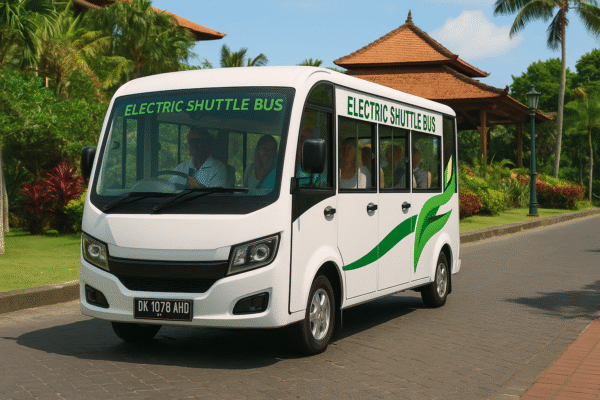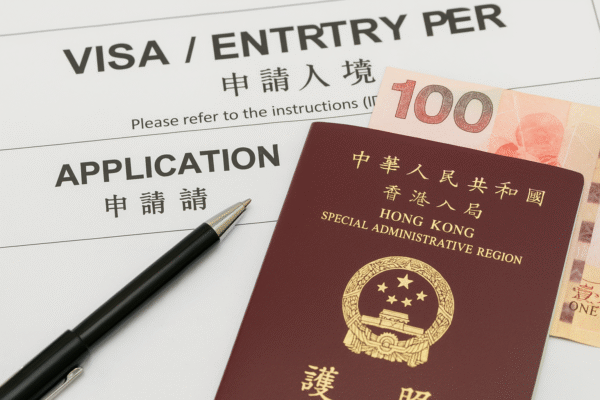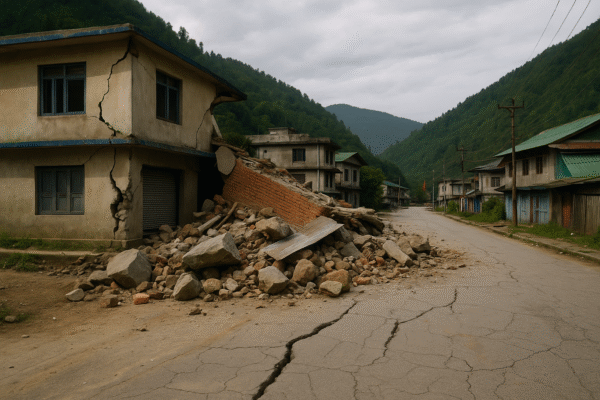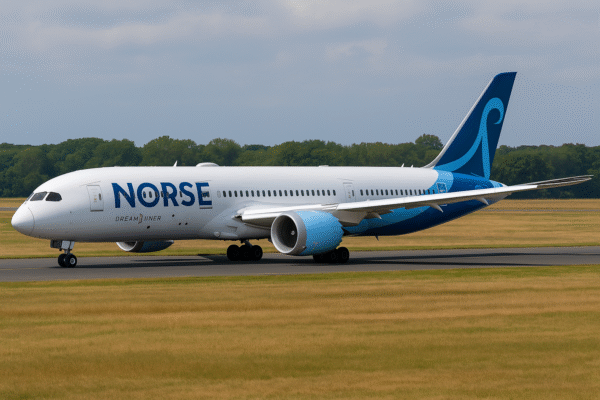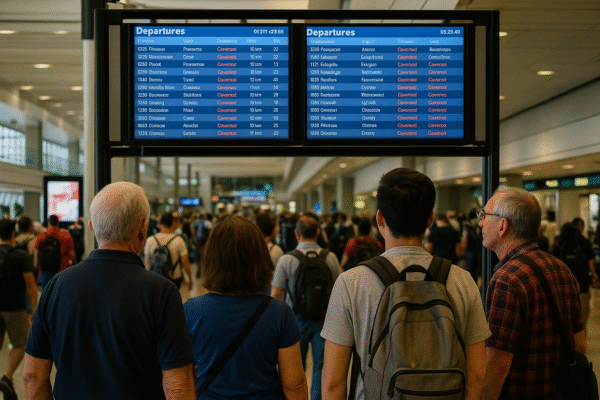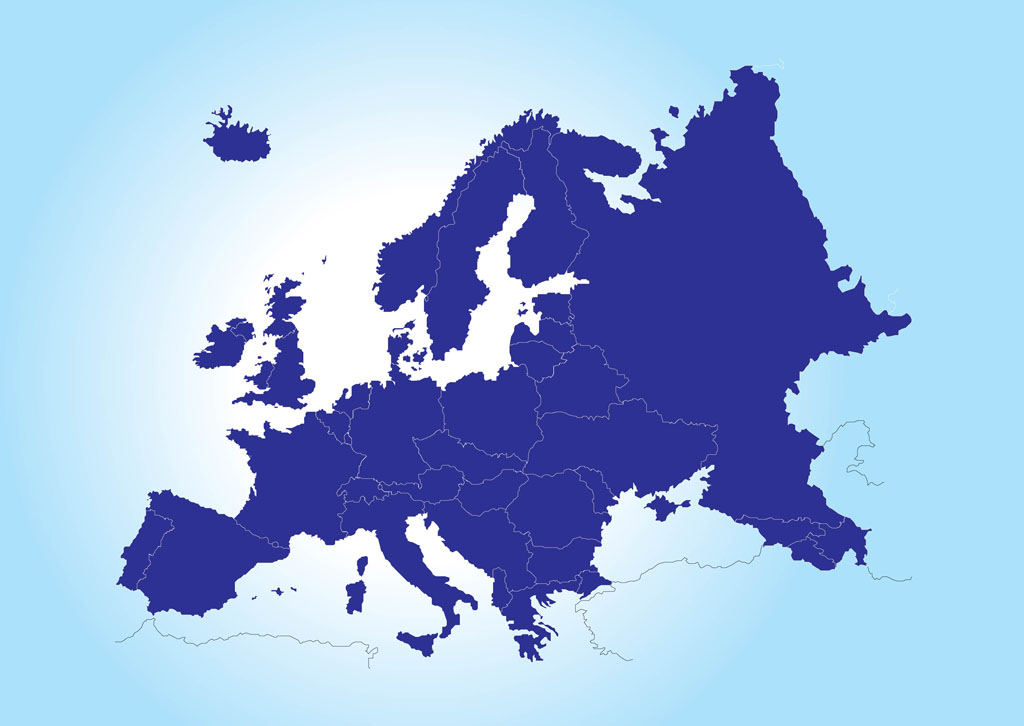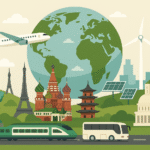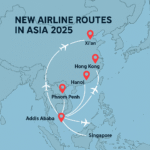Once synonymous with the ultimate summer holiday dream, Europe in 2025 has turned into a logistical and financial obstacle course for many international tourists—particularly those from India. The allure of historic landmarks, quaint villages, and Mediterranean coastlines remains, but increasingly, those charms are overshadowed by visa complications, airport disruptions, extreme heatwaves, and soaring travel costs.
As the world’s tourism sector rebounds post-pandemic, Europe—still a global favorite—is grappling with a unique storm of challenges that are testing the patience, planning skills, and endurance of even seasoned travelers.
Schengen Visa Chaos: Indian Travelers Face Months-Long Waits
A significant roadblock for Indian tourists this year has been the Schengen visa application process. With peak season in full swing, European consulates and embassies in India are overwhelmed. Appointment slots vanish within minutes, forcing applicants to rely on travel agents, waitlists, or last-minute cancellations.
Even after securing a slot, travelers often wait four to six weeks or longer for visa approvals. “Summer holidays have always seen a surge, but this year’s application backlogs are unprecedented,” said Aashish Gupta, Consulting CEO of the Federation of Associations in Indian Tourism & Hospitality (FAITH). “The scrutiny is tighter, and the process is more demanding.”
Many applicants are also facing rejections due to incomplete documentation or last-minute planning—resulting in cancelled trips, rescheduled holidays, and financial losses on bookings made in anticipation.
Flight Cancellations and Airport Strikes Compound Travel Stress
Even travelers who successfully navigate the visa hurdle find themselves facing chaos upon arrival. European airportsin France, Italy, and the Netherlands have experienced widespread flight delays, cancellations, and terminal disruptions due to labour strikes, technical failures, and staff shortages.
These strikes, often tied to wage demands amidst ongoing inflation, have led to last-minute cancellations and hours-long queues at immigration checkpoints. Travelers are now advised to build in “buffer days” and prepare for sudden itinerary changes—a suggestion that adds stress and reduces valuable vacation time.
“Airports that were once paragons of efficiency have now become unpredictable zones,” Gupta noted. “There are breakdowns in systems, long immigration lines, and no clear answers for stranded passengers.”
Record Heatwaves Turn City Breaks into Survival Tests
Adding to the woes is the impact of climate change. Southern and Central Europe are reeling from record-breaking heatwaves. In Rome, Athens, and Madrid, daytime temperatures in June and July crossed 45°C, making typical summer activities like sightseeing or café lounging virtually impossible.
Public transportation systems in older cities have buckled under the strain, and many heritage hotels lack proper air conditioning, making overnight stays uncomfortable—even dangerous for the elderly and families with children.
“Tourism infrastructure is not keeping pace with the changing climate,” Gupta said. “It’s no longer romantic to wander the streets of Florence or Barcelona under an unforgiving sun.”
New EU Border Rules to Increase Wait Times by Late 2025
Further complicating European travel, the European Union’s new Entry/Exit System (EES) is scheduled for implementation by late 2025. The EES will require non-EU travelers to submit biometric data—fingerprints and facial recognition—at entry points.
While intended to streamline border security, experts warn that the initial rollout could significantly increase wait times at airports and land borders. With limited infrastructure in place and no trial period, queues may become even more chaotic during peak holiday seasons.
Preliminary complaints are already surfacing, especially from travelers flying through Germany, Austria, and Belgium, where some pilot systems have reportedly failed during test runs.
Skyrocketing Costs and Hidden Tourist Fees Strain Budgets
Inflation in Europe has pushed travel costs to unprecedented levels. Hotel prices in major cities like Paris, Amsterdam, and Venice have risen by 15–25% year-on-year, while dining, public transport, and attraction entry fees have all followed suit.
On top of these, several European cities have implemented or raised tourist taxes—especially on short-term rentals through platforms like Airbnb—adding an unanticipated burden to travelers’ wallets.
“Europe has become an expensive proposition for Indian families,” said Gupta. “With the rupee’s weaker position against the euro, a one-week European vacation now costs nearly double what it did five years ago.”
Should You Rethink Your Europe Holiday in 2025?
While Europe remains culturally rich and architecturally breathtaking, it is no longer a seamless destination—especially in summer 2025. If travelers are unable to plan far in advance, secure early bookings, and allow flexibility for delays, a reassessment of holiday plans may be wise.
Alternatives like Southeast Asia, Central Asia, or even visa-free Caribbean nations are emerging as viable options. With more streamlined visa policies, affordable accommodation, and modern infrastructure, these destinations offer hassle-free experiences without sacrificing comfort or culture.
Expert Outlook: A Wake-Up Call for European Tourism
According to Gupta, today’s travel frustrations are a reflection of larger systemic shifts—rising temperatures, tighter immigration policies, and a growing pushback against mass tourism.
“There’s a palpable shift in how people view travel now,” he said. “Destinations that offer simplicity, safety, and value for money are what travelers want.”
If Europe hopes to maintain its status as the world’s premier travel destination, it must adapt to these changing expectations—modernizing infrastructure, simplifying procedures, and offering better value.
Only then can the magic of a European holiday match its ever-rising cost.
For more travel news like this, keep reading Global Travel Wire


